Boss Modulation Pedals
1-8 of 8 productsFilter
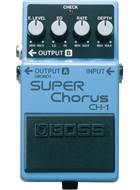
BOSS CH-1 Super Chorus
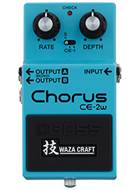
BOSS CE-2W Chorus Waza Craft Special
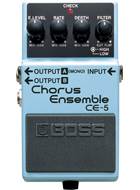
BOSS CE-5 Chorus

BOSS BF-3 Flanger
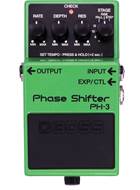
BOSS PH-3 Phaser
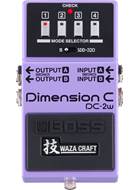
BOSS DC-2W Dimension C Waza Craft

BOSS CEB-3 Bass Chorus
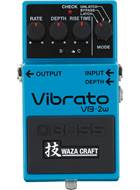
BOSS VB-2W Waza Vibrato
About Boss Modulation Pedals
Boss modulation pedals are a comprehensive range of FX which comprises all types of chorus, flanger, phaser, rotary and other similar effects. Boss modulation effects have been heard on some of the most popular mainstream and indie rock records of the past four decades. Their original Chorus pedal, the CE-1, is one of the most sought-after vintage pedals.
Guitarists looking to add dimension, texture and atmosphere to their sound should check out some of the Boss modulation pedals. Modulation pedals can be subtle or dramatic, depending on how you set them. Pedals like this can be the key to opening up your sound and adding space and excitement to your music.
Modulation effects, whilst broadly similar, do have rather specific uses. It certainly pays to experiment with settings and FX placement (the order in which your pedals sit in your chain) to get the optimum results.

